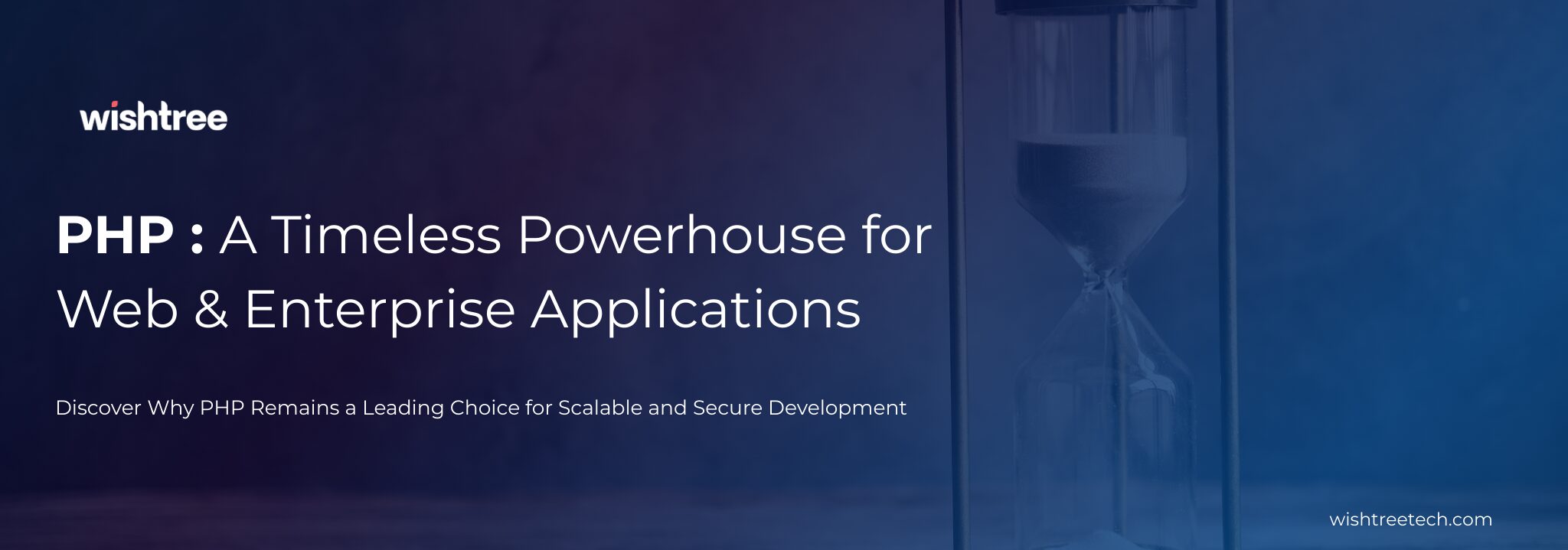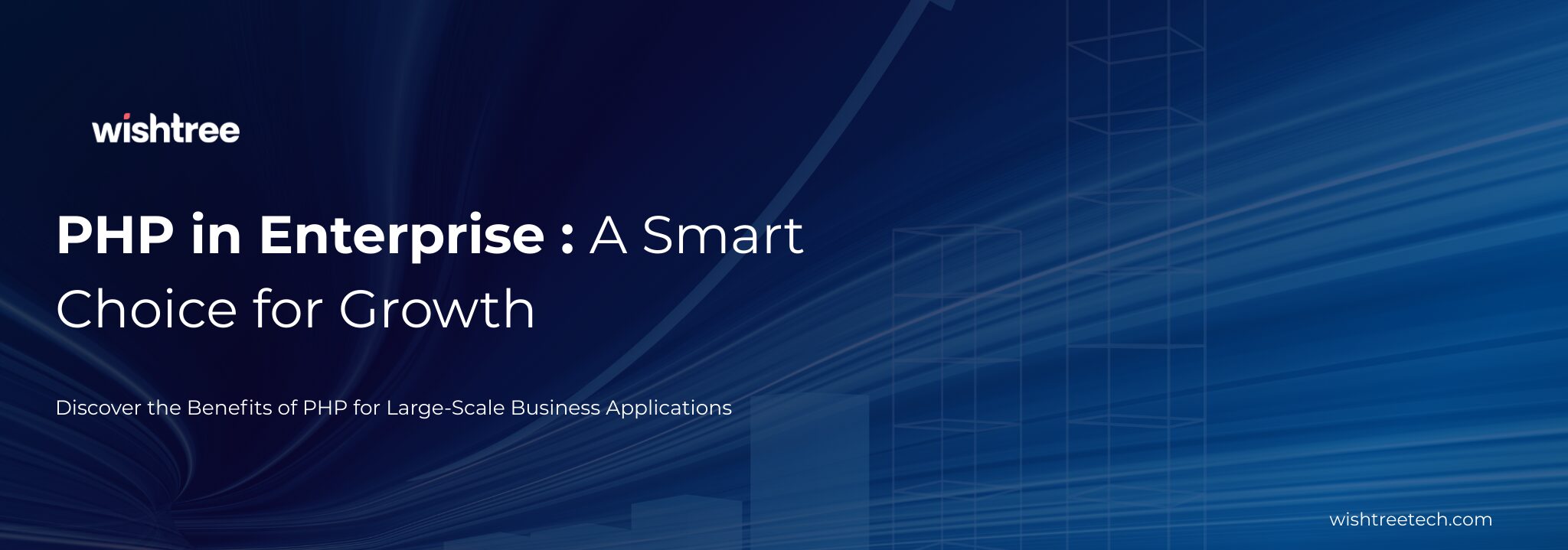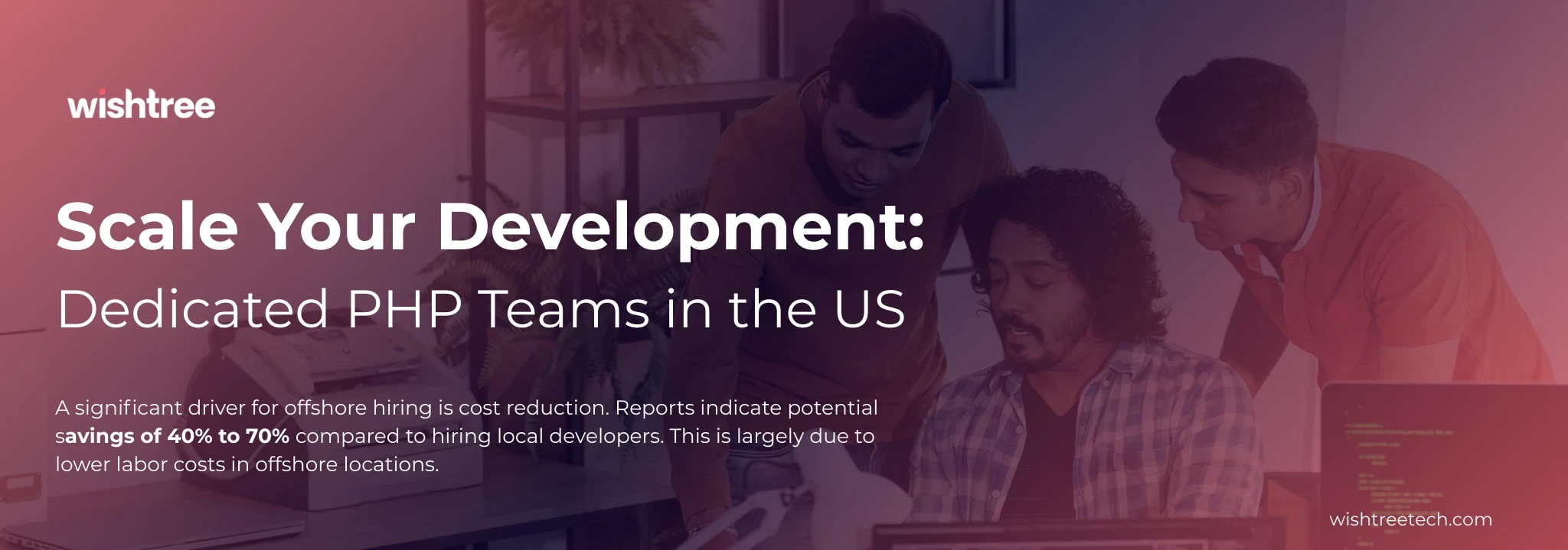Table of Contents
Introduction
Currently, product engineering ranks in the top league in supporting innovation and growth of modern businesses. Despite this, companies face significant roadblocks during the product development process that can cause delays, budget escalation, and product failure.
As per research, almost 70% of digital projects are unsuccessful because of poor planning, lack of scalability, or a project which is disjointed. Wishtree Technologies believes that if only you use effective strategies, you can turn these threats into opportunities.
In this blog, we will tackle the most common product engineering hurdles. We will also share proven and practical strategies founded on industry best practices. Our experience with global clients are the reason we could develop these strategies.
Let’s begin.
Ways to Avoid Scope Creep: Getting Clear Requirements Early
One of the top problems product engineering usually faces is scope creep. Scope creep and delays happen due to poorly defined or changing requirements. Scope creep occurs when a project is moving along and then, suddenly, unplanned features are introduced, timelines are stretched, and the costs increased.
Solution:
- Create a robust requirement-gathering mechanism right from the beginning.
- Begin with stakeholder interviews and workshops that go in, to ensure you fully understand what the business goals, user needs, and technical implications are.
- Document the project scope. Make sure that all parties sign off on it.
- Now, use detailed user stories, requirements documents, functional specifications, and acceptance criteria so as to remove all ambiguity.
- Implement an Agile approach, which allows you to be flexible but with strict change control processes.
- Keep your reviews and sprint retrospectives regular to track changes that require your attention, while protecting the core scope.
- Maintaining stakeholder engagement after having established a solid foundation allows for the project to stay aligned with its original vision and avoids scope creep.
Beating Resource Constraints in Product Engineering
Product engineering gets badly stuck when it falls short on funds, suffers from tight time schedules or does not possess skilled talents. All of these culminate in slow time-to-market. Also, product quality can be severely compromised if these are not addressed proactively.
Solution:
- Feature prioritization based on business value and customer impact ensures critical elements are built first.
- For minimal losses, split large programs of work in smaller and more manageable deliverables that adhere to the Agile Methodology.
- You will be wise to partner with a remote dedicated development team or use external experts to complete talent gaps.
- Outsourcing non-core activities maintains flexibility in your operations, reduces cost on many counts, and allows your in-house teams to focus on strategic projects.
Addressing Technical Complexity and Integration Problems
Over time and as technology advances modern products must also work in conjunction with countless third-party applications, cloud services, and on-premises legacy systems, thus leading to mounting technical complexity.
Solution:
- Create module based loosely coupled architectures using cloud engineering services, microservices, and scalable frameworks to make integration and updates easy.
- Perform upfront feasibility assessments to identify integration challenges and potential risks.
- Work closely with domain experts and technology partners to make sure architecture decisions effectively align with interoperability requirements and long-term scalability.
Best Practices for Quality Assurance and Testing
Making sure that your product quality is of the highest standard is non-negotiable today. No doubt, the competition is very high in the digital space. Buggy products can lose user trust pretty quickly and damage brand image as well.
Solution:
- Adopt a balanced QA strategy with a mix of manual and automated testing.
- Utilize Test-Driven Development (TDD) practices to catch errors early.
- Set up and run thorough Continuous Integration/Continuous Deployment (CI/CD) pipelines to automate testing and deployment processes, allowing faster but high quality releases.
- Also, running regular regression testing, usability testing and security assessments will help maintain quality across the lifecycle of the product.
Transitioning from Legacy Systems Without Disruption
Outdated legacy systems impair the ability to innovate, make operations sluggish, and can be a security risk to your business. Unfortunately the process of moving from them can be quite hard.
Solution:
- Use a phased modernization approach. Start with identifying the mission-critical components and modernize those first to lessen the impact.
- You can incrementally upgrade the system architecture by combining API integrations, microservices, and cloud migrations.
- Make sure modernization efforts centre around evolving business objectives so that you can keep the transitions smooth and continue to provide value without disrupting everyday operations.
Facilitating Seamless Cross-Functional Collaboration
Effective collaboration between your engineering, product management, design and of course, marketing teams is essential for you to achieve long-term product success. But no doubt, it can be challenging across functions and geographies. Every company faces this problem at some point, especially when they grow beyond their initial stages.
Solution:
- Create and encourage a culture of open communication. You can do this by holding regular stand-ups and cross-functional meetings. Gradually, make way for transparent workflows. There are many project management and collaboration tools available for your team. Take JIRA, Confluence, Slack, or Trello. These are essential for you to adopt when you want to maintain visibility into project progress.
- Do firmly establish clear roles, responsibilities, and accountability structures. Do this to promote a shared understanding of goals primarily. Also, this will reduce silos in your organization. Finally, it will drive coordinated execution for you across your company.
Designing Intuitive UI/UX for Product Success
The adoption rate and long-term success of a product can be influenced by its user interface (UI) and user experience (UX). User turnover and frustration are the results of poorly designed experiences.
Solution:
- Early in the product development cycle, spend money on expert UI/UX design services. To comprehend the needs, habits, and pain points of your customers, do a thorough user research study.
- Iteratively validate designs using wireframes, prototypes, and usability testing.
- Make constant improvements to the user experience based on feedback from the actual world to make sure that the product stays user-friendly, interesting, and meets user expectations.
Navigating complex regulatory environments is crucial, particularly for industries like healthcare, finance, and education, where non-compliance can result in serious penalties.
Maintaining Regulatory Adherence and Compliance
For sectors like finance, healthcare, and education, non-compliance will result in very severe penalties and loss of reputation for you. This is the reason why navigating complex regulatory environments is essential.
Solution:
- Include the legal, security, and risk management teams early on in your product development process.
- Integrate compliance standards into your design and development processes. Also, absolutely make sure that they are well documented.
- To find and fix weaknesses early, do routine audits, penetration tests, and compliance reviews.
- Including compliance in your product from the beginning reduces risk and increases consumer confidence.
Optimizing Workflow Management for Engineering Efficiency
Workflows that are disorganized result in missed deadlines, redundant labor, and lost effort—all of which can compromise the success of a product.
Solution:
- Use agile project management techniques like Kanban or Scrum.
- Track sprint progress, manage backlogs, and visualize workflows with digital boards.
- To continuously improve processes, promote regular feedback cycles, retrospectives, and data-driven decision-making.
- In addition to increasing productivity, effective workflow management builds an engineering team that is more empowered and driven.
Keeping Up with Technological Advancements
Rapid technological advancements put products at danger of obsolescence.
Solution:
- Encourage an environment in your company where learning never stops. Make investments in certifications, training, credentials, and access to research resources.
- Demarcate ample funds and time for research and development (R&D) initiatives.
- To maintain a competitive edge, and get ahead with product innovation, there is nothing like continuous improvement. Keep exploring emerging trends. These include, IoT, serverless architectures, blockchain, and of course AI and ML development.
Conclusion
Product engineering technical issues might be intimidating, but they can also present leadership possibilities if approached properly. Wishtree Technologies uses automation, creativity, agile methodologies, and in-depth technical knowledge to assist clients in overcoming these challenges.
Let’s discuss TODAY if you want to create, scale, or change your next digital product!
Hire expert product engineers today to hasten your ascent to market dominance.
Contact us today for a free consultation.





